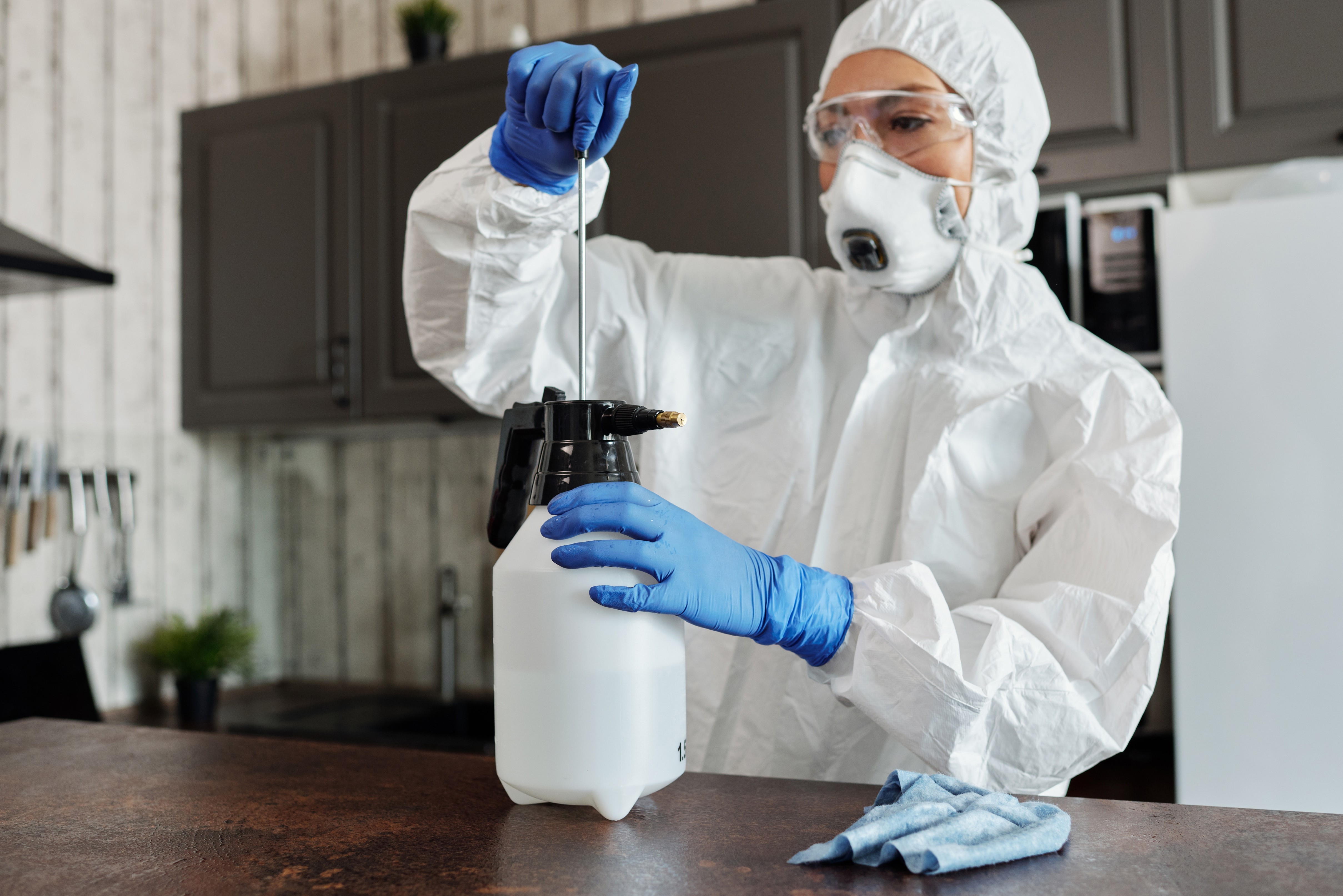
Formaldehyde testing refers to the process of measuring and analyzing the levels of formaldehyde gas in various substances or environments. Formaldehyde is a colorless gas with a strong odor that is widely used in manufacturing and can be found in numerous products such as building materials, furniture, textiles, and household cleaners.
Here are some key aspects of formaldehyde testing:
Indoor Air Quality Assessment: Formaldehyde testing is crucial for evaluating and monitoring the levels of formaldehyde in indoor environments such as homes, offices, and schools. Elevated levels of formaldehyde can contribute to poor indoor air quality and potentially impact the health and well-being of occupants. Testing helps identify the presence and concentration of formaldehyde, enabling appropriate actions to be taken to mitigate exposure.
Health Risk Identification: Formaldehyde exposure has been associated with various health issues, including respiratory irritation, allergies, and potential carcinogenic effects. Formaldehyde testing helps identify and assess potential health risks associated with exposure, allowing for appropriate mitigation measures to be taken to protect individuals.
Quality Control in Manufacturing
Industries that use formaldehyde-based materials or products, such as furniture manufacturing or textile production, rely on formaldehyde testing as part of their quality control processes. It ensures that formaldehyde emissions from finished goods are within acceptable limits, meeting safety and environmental requirements.